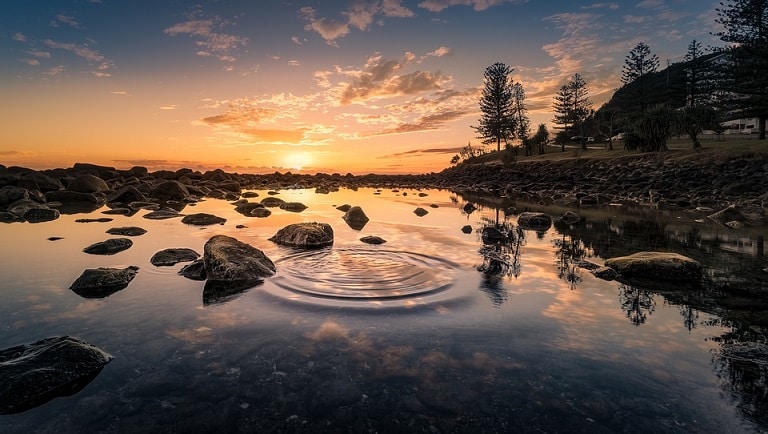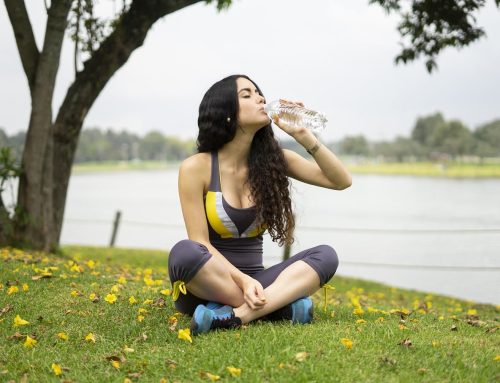Researchers at the University of California, Berkeley focus on harnessing inorganic semiconductors that can capture sunlight to organisms such as bacteria, and have actually taught bacteria to cover themselves in tiny, highly efficient solar panels and then use this energy to produce useful chemicals from carbon dioxide and water.
According to the researchers involved, while photosynthesis provides energy for the majority of life on Earth, chlorophyll, the green pigment that plants use to harvest sunlight, is rather inefficient.
“Rather than rely on inefficient chlorophyll to harvest sunlight, I’ve taught bacteria how to grow and cover their bodies with tiny semiconductor nanocrystals,” says Kelsey K. Sakimoto, Ph.D., who carried out the research in the lab of Peidong Yang, Ph.D. “These nanocrystals are much more efficient than chlorophyll and can be grown at a fraction of the cost of manufactured solar panels.”
While various scientists have been working on creating artificial photosynthetic systems to generate renewable energy and simple organic chemicals using sunlight over the years, and while progress has been made, the systems are still too inefficient for commercial production of fuels and feedstocks.
“The thrust of research in my lab is to essentially ‘supercharge’ non-photosynthetic bacteria by providing them energy in the form of electrons from inorganic semiconductors, like cadmium sulphide, that are efficient light absorbers,” Yang says. “We are now looking for more benign light absorbers than cadmium sulphide to provide bacteria with energy from light.”
The bacteria operate at an efficiency of more than 80%, and the process is self-replicating and self-regenerating, making it a zero-waste technology. While, according to Sakimoto, the entire CO2-to-chemical apparatus is self-contained and only requires a big vat out in the sun, the system still requires some tweaking.
This is most probably good news for the energy sector, but one has to wonder how good it is for the water sector? How much water will be utilised to manufacture this new energy and can we afford it in the light of the global water shortages?
Get bottled water coolers and mains water coolers from Living-Water.






